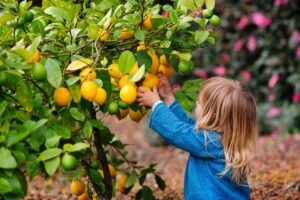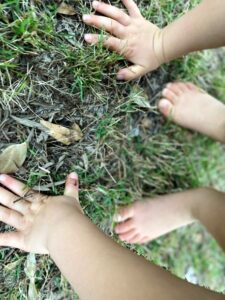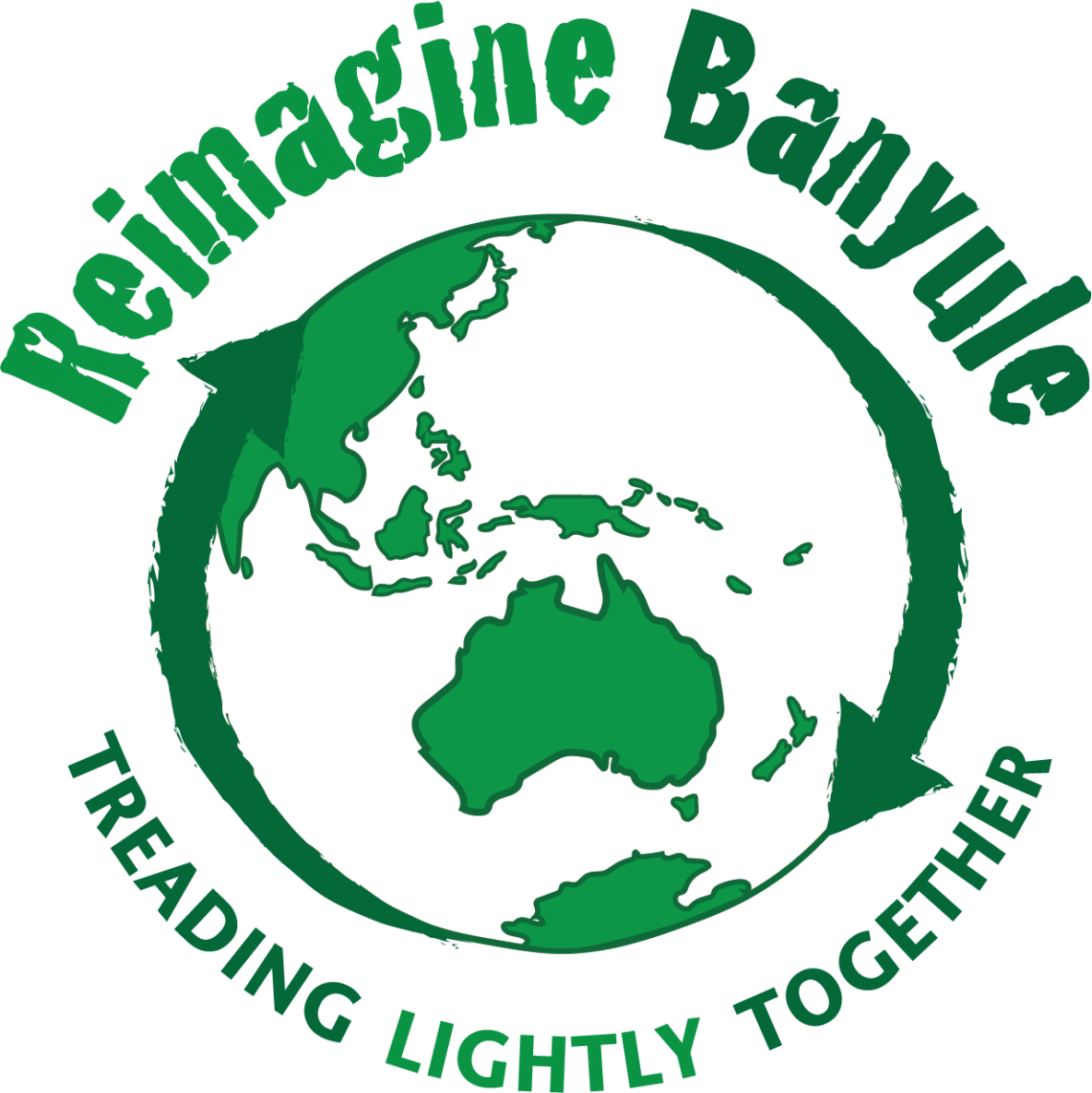L is for Lemons, ‘iridescence’, Listening and Learning
Lemons

photo of a child dressed in a blue shirt picking lemons from a laden tree
L is for ‘iridescence’
Really? Well, let me explain. Recently (in between lockdowns), I was lucky enough to attend a cultural tour in NSW run by Aunty Leanne King. She recommended a book called ‘iridescence: finding your colours and living your life story’ by Paul Callaghan with Paul Gordon. This is one of those books that can be read over and over again and each time you will learn/find something new.
In the book the importance of the ‘6 Ls’ is outlined. Lore, Love, Look and Listen, Learn and Lead (in that order). Although not Banyule-specific I do believe if even a small percentage of Banyule residence read this book then reimagining Banyule will become a whole lot more colourful.
Language
Language is important. Not just the language that people use but also the language of the living world all around us. Not so long ago the Indigenous people who lived here understood the language of plants and animals as well as the many seasons. For example, when a particular bird made a particular call, the people knew that the bird was saying ‘the tide is coming in’, this was the signal that it’s the best time to go fishing. Learning the local oral Indigenous language teaches us about which plants are giving us gifts, which ones are toxic and what our responsibilities to place and one another(kinship) are. We are incredibly lucky that this knowledge has been kept by our Elders. The next time you are given the opportunity to learn any local words we invite you to consider the importance of having access to Elders who hold such important information and how you may be able to support our Elders and organisations teaching local language and LORE.
Listening and Learning
 We can learn from one another but we can also learn from all of the living world. Many times when I have felt lost, I have had a small bird (weebill – the smallest bird in Australia) find me and teach me a lesson. Recently they have taught me the power of kindness, and that the local waterways are polluted and making them sick. They are calling us to action to help them out and to make their drinking water safe (again).
We can learn from one another but we can also learn from all of the living world. Many times when I have felt lost, I have had a small bird (weebill – the smallest bird in Australia) find me and teach me a lesson. Recently they have taught me the power of kindness, and that the local waterways are polluted and making them sick. They are calling us to action to help them out and to make their drinking water safe (again).
We can also learn to listen to the earth. When my daughter was little she was sick and often cried for hours with tummy pain. Eventually we learnt that she would settle when we placed her in direct contact with the ground/earth. It still works to this day. Interested in what she was/is listening to I developed a technique to help myself stop and listen. I sit in contact with the ground, then ask someone to stomp in a circle all around me. I concentrate on the big vibrations that I can feel from their stomping, then I ask them to stomp further away, until they have gone inside and left me in the backyard on my own. With this focus we can tune into the more subtle vibrations coming from the earth.
Have you tried this listening technique? Have you been learning from the living world around you? What have you learnt?
Contributions by Che
